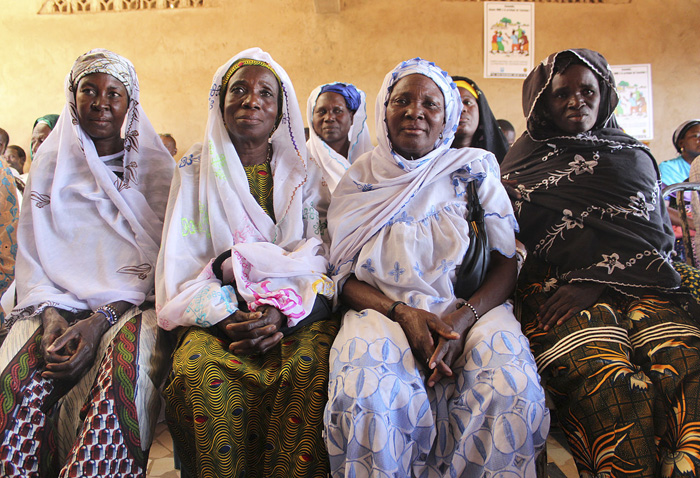The effects of female genital mutilation laws in Australia

Overview
Female Genital Cutting or Female Circumcision has been described as Female Genital Mutilation with the effects of this label meaning that legislation is easily passed and communities unduly affected by ill-informed legislation. This project aims to produce new knowledge about laws that have criminalised female genital mutilation (FGM) in Australia since 1994. FGM laws are now subject to robust international criticism, as well as increased concerns among the affected communities. Through the use of innovative primary data collection strategies with law and policy makers, justice system officials and with affected communities in Australia and the UK, the project seeks to produce robust evidence and original insights into the effects of these laws and the potential impacts of proposed legal initiatives.
Project details
Sponsors
Australian Research Council – Discovery Early Career Research Award
Project team
Associate Professor Juliet Rogers Lead Chief Investigator (LCI) (University of Melbourne)
Dr Maree Pardy Chief Investigator (CI) (Deakin University)
Professor Nan Seuffert (CI) (University of Wollongong)
Dr Sahar Ghumkhor (Research Fellow) (University of Melbourne)